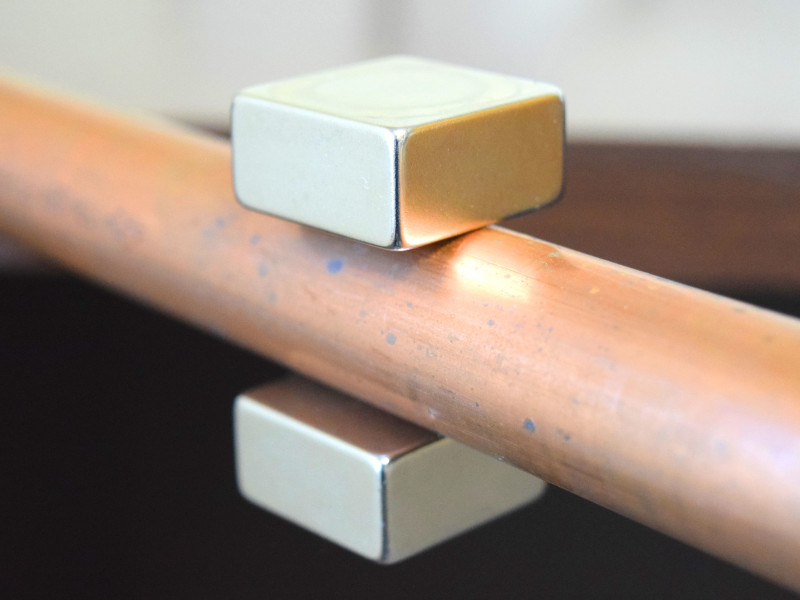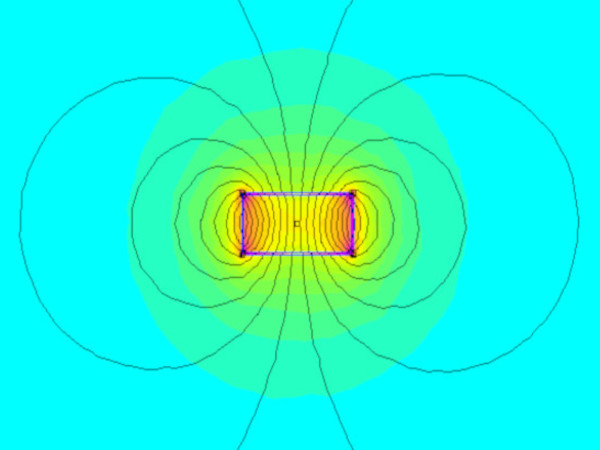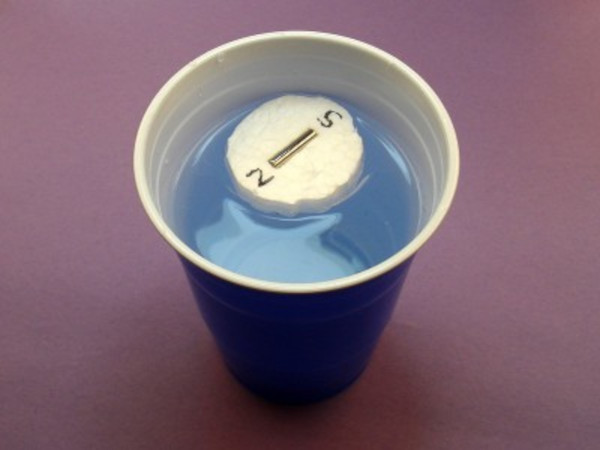Magnetic Water Treatment
Your guide on how magnetic water conditioning works and the best magnets to use
1. What is hard water?
Hard water is water that has a high mineral content, usually consisting of mostly calcium and magnesium. In fact, the measure of water hardness is expressed in various units that express how much calcium carbonate is in a given volume of water. Units include ppm (parts per million), gpg (grains per gallon), or mg/L (milligrams per liter).
Hard water isn’t necessarily bad for you, but it can cause problems with the plumbing in your home. It can form hard deposits of calcium called scale, affecting faucets, shower-heads, dishwashers, and heating elements of water heaters. This can reduce water flow, heating efficiency, and leave spots on dishes. It can also require more soap to get good suds.

2. How do conventional water softening systems work?
Conventional water softeners work with an ion-exchange process, where the calcium and magnesium in the water are replaced by sodium. This technology is proven, works consistently and does make water softer and reduce scale in your plumbing. You can find water softeners at your local hardware or home improvement store.

Disadvantages of using a water softener
Are there disadvantages of using a water softener? Yes, while water softeners can provide various benefits, they do not come without various issues. Below we have listed some of the most common issues with typical water softeners.
- Sodium content: Softened drinking water contains sodium. The added sodium in your diet depends on how much you drink and how hard the incoming water is. When this is a concern, a non-softened water tap is used for drinking and cooking water, which adds to installation costs.
- Soap removal: Soap can be harder to remove when washing hands with soft water, which results in a slippery feeling.
- Salt purchasing: Conventional salt-based water softeners require periodic additions of salt to the system.
- Wasted water: Conventional salt-based water softeners periodically run a regeneration process, where the removed calcium and magnesium is washed out, dumping water down the drain. The amount of wasted water depends on usage and the hardness of the incoming water.
- Pipe corrosion: While scale in plumbing clearly has bad side effects, sodium might also cause corrosion issues. Some studies suggest that the calcium scale can help prevent corrosion of steel parts.
- Water taste: Some people don’t like the taste or feel of soft water. This is really a personal preference.
3. How does magnetic water treatment work?
This is one of those topics where a quick search on the internet provides wildly varying results. There isn't much clear information about magnetic water treatment, and some sites say it doesn't work. There is a great deal of mis-information that seems to either make false claims or appear to be scientifically bogus, further complicating the search.
Even the Wikipedia article labels magnetic water treatment as pseudoscientific, though there is a lot of contradictory information there. Here's what we know:
Magnetic water treatment directs water to pass through a strong magnetic field. By placing two strong neodymium magnets on either side of the incoming pipe, all the water passes through a strong, uniform magnetic field.
Magnetic water treatment does not remove any calcium from the water. Technically, it is still just as hard as before it passed through the magnets. It claims to change the structure of the deposits that form, making them tend to be less apt to stick to surfaces.
Why results cannot be measured the same way as typical water softening
Perhaps the biggest reason is that the results are hard to measure. With conventional, salt-based water softening, it's easy to measure the amount of calcium dissolved in the water. Simply measure the calcium content before and after the treatment. If you've got less calcium in there after treatment, you know it's working!
With magnetic water treatment, no calcium is removed. Measuring calcium content before and after shows the same amount in the water. That might lead to you believe it doesn't do anything at all!
Published data on water treatment with magnets
We have read heard a lot of anecdotal evidence about how well magnetic water treatment works. Still, no amount of stories equate to scientific evidence. Some of us here at K&J Magnetics use magnets on our water source at home, some don't. Are there any scientific publications that can help?
If you search for magnetic water treatment, you will quickly find references to work by Klaus Kronenberg, and claims made in “Experimental evidence for the effects of magnetic fields on moving water,” published in IEEE Transactions on Magnetics in September 1985. Claims include:
- Reduction in the amount of scale formation by as much as two-thirds
- Effects of treatment can last for several days
Unfortunately, many who refer to his work also make some pretty wild claims, putting the reliability of these results into question. We haven't read his paper, but references online just list his opinion on the matter. Is there a more reputable source on the subject?
The Wikipedia article on Magnetic Water Treatment points to a paper by J.M.D. Coey and Stephen Cass. “ Magnetic Water Treatment” appeared in the Journal of Magnetism and Magnetic Materials #209 back in 2000.
Professor J. M. D Coey edited an early, important text on rare-earth magnets, Rare-Earth Iron Permanent Magnets. More recently he authored Magnetism and Magnetic Materials, a graduate level textbook about magnetism. That’s a large percentage of the magnet textbooks we own!
More to the point, we can't imagine a more reputable source for scientific answers on this subject. We refer to his textbooks often.
Scientific paper on magnetic water treatment
They tested MWT by passing water through a magnetic field of 1000 Gauss (0.1 T). The samples were then heated in open beakers, forming scale when the water evaporated. The scale was inspected by X-ray diffraction (which can reveal what it's made of) and an electron microscope (to view the structure).


The results confirm earlier claims that there are two different types of calcium deposits made: calcite and aragonite. They are both made of the same stuff (calcium), but form in different structures. The small beads of calcite tend to make hard scale that clings well to surfaces. Aragonite forms in longer shapes which are less prone to form hard scale, and keep moving along with the water. The electron microscope shots are pretty clear!
The data they collected also confirms that the effect can last over a period of time, as much as 200 hours.
Key takeaways from paper
Here at K&J, we still have a healthy skepticism about this subject. Will it work well in every situation? We're not sure. The paper described above does help confirm some conclusions:
- They reported visible, measurable differences. To some extent, it does have an effect. Magnetic water treatment isn't completely bogus. There is a real, observable, physical effect.
- The paper indicates that the ratio of the kind of calcium that tends to stick (calcite) compared to the kind that doesn't stick (aragonite) does improve with magnetic treatment. This should mean there is less scale formation. Scale doesn’t drop to zero, though. It doesn't claim that you'll get absolutely no scale deposit.
- The paper confirms that the effects last over many hours and days. Since treated water often sits in a water heater for some time, this is great news.
- The research did not test how magnetic water treatment changes scale formation in your pipes or water heater. It sounds like it should improve it, but the specific application was not tested.
- They reported variability with different water sources. This tells us it might work better in some places. This might account for the variability in anecdotal results described online.
Shop Water Treatment Magnets
Strong magnets perfect for treating water and breaking down mineral deposits.
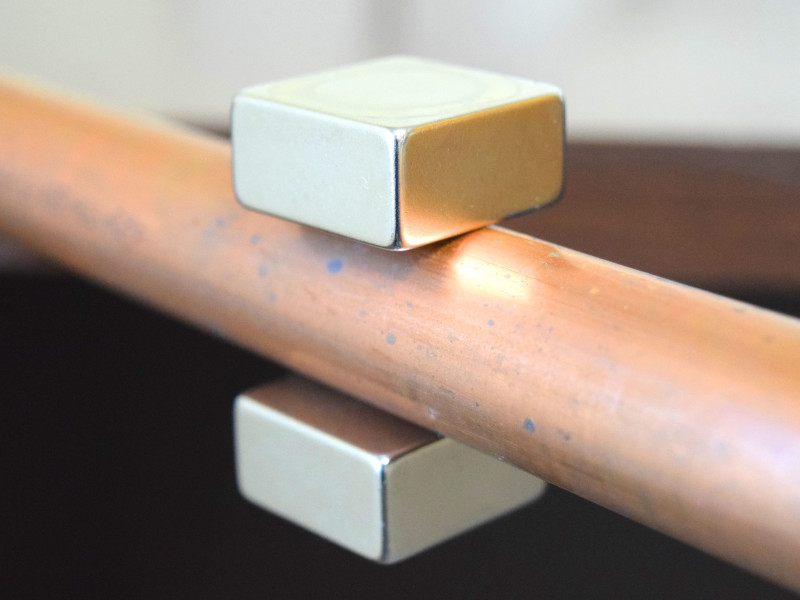
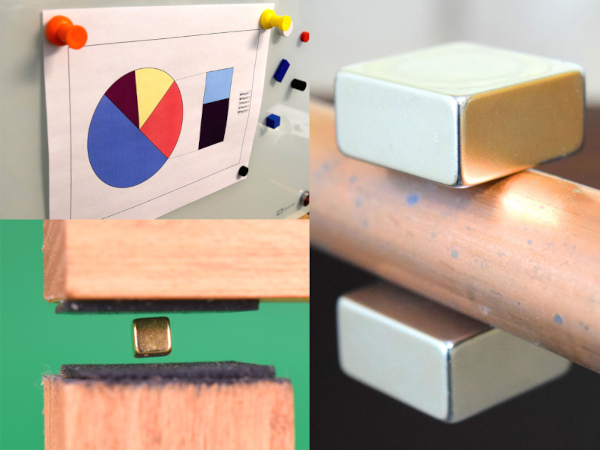
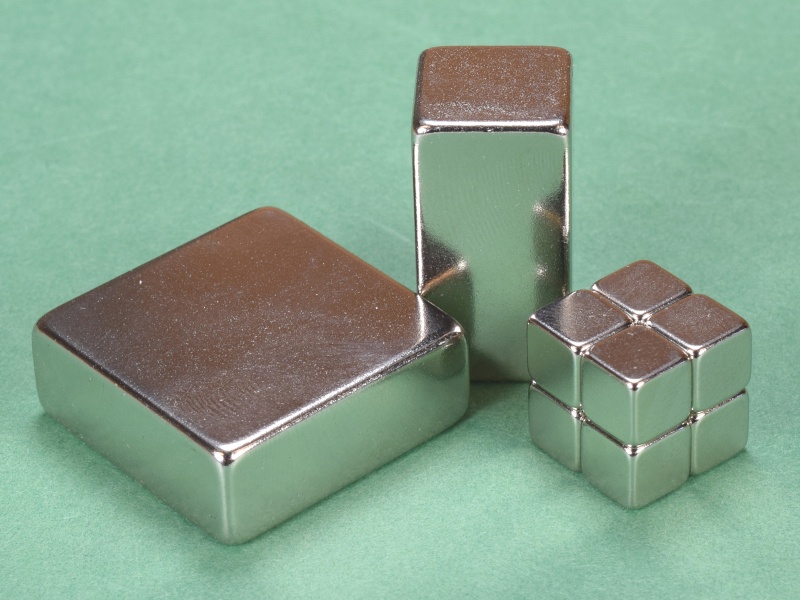
4. Our magnetic water conditioning test results
We took two samples of hard water, known to have a hardness of about 14 grains. After passing one through a 3000+ gauss magnetic field, we heated the water to form scale.
Did the magnetically treated water form less scale in this test? No, not really. We saw about the same amount of scale. Of course, we were heating open containers, allowing the water to evaporate. This isn’t really comparable to what’s going on inside a water heater. The interesting result is that the scale in the two samples did seem different in how well it stuck to the aluminum heater.
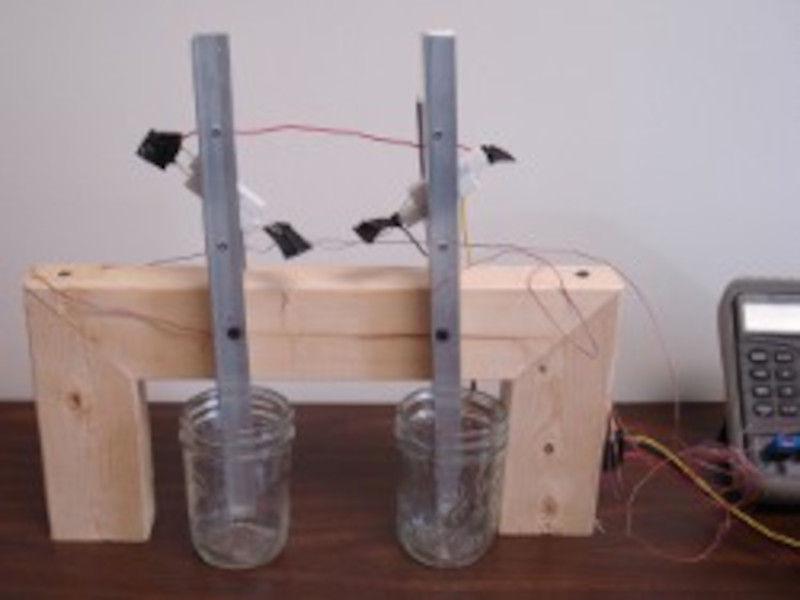
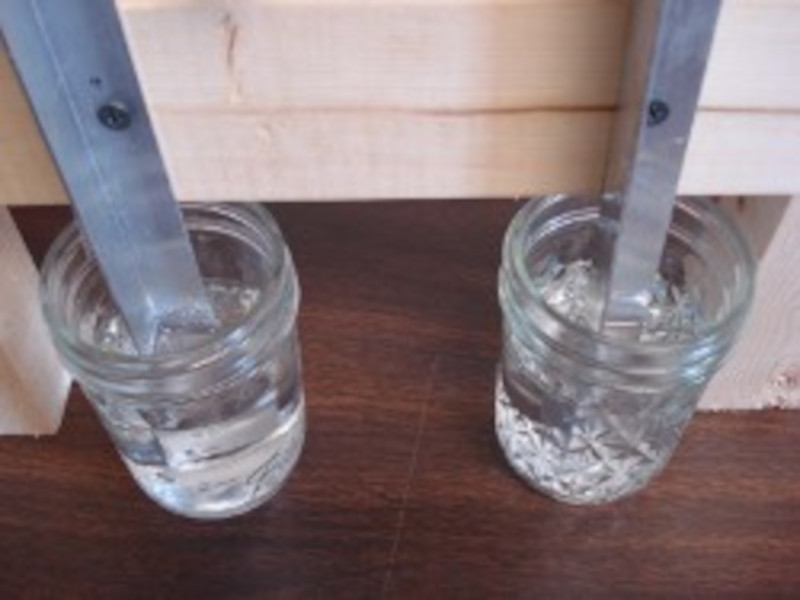
We ran our finger across the evaporated deposits and didn't get any calcium on our finger with the untreated water. One rub across the magnetically treated water yielded a bunch of white calcium stuck to our finger. Some of the deposited calcium did not stick to the heater quite as well as the untreated water deposits. Does this mean that some of the calcium was less sticky? Sure. Could this be indicative of a higher aragonite percentage? Maybe.
Future testing
We would like to see a test rig that might simulate a water heater. Run two systems, one with and one without magnetic water treatment. It's a long-term test, but the results would surely be interesting.
5. The best magnets for magnetic water treatment
The test setup we used had a field strength of just over 3,000 gauss in the water pipe. The paper we referred to said that only a 1,000 gauss field was used. What strength is required? We're not sure, but here is a list of a few suggested sizes arranged by the size of common US pipes.
In each case, a pair of magnets is arranged on either side of the incoming water pipe. They are oriented so that they are attracting towards each other, which makes a strong, uniform field within the pipe. Some means of fastening the magnets is required to hold them in position, preventing them from falling off the pipe or slamming together.
| Pipe | Strong | Stronger | Strongest | ||||
|---|---|---|---|---|---|---|---|
| Pipe Size | OD (in) | Magnet | Field Strength (gauss) | Magnet | Field Strength (gauss) | Magnet | Field Strength (gauss) |
| 1/4" | 0.54 | BCC2 | 1734 | BCC4 | 2912 | BCC6 | 3352 |
| 1/2" | 0.84 | BX8X02 | 1145 | BX8X04 | 2045 | BX8X08 | 3322 |
| 3/4" | 1.05 | BX8X84 | 1793 | BX8X88 | 3004 | BX8X8C-N52 | 3940 |
| 1" | 1.315 | BX8X84 | 1478 | BX8X88 | 2442 | BX8X8C-N52 | 3441 |
| 1-1/4" | 1.66 | BY0Y08 | 1821 | BY0Y08-N52 | 2053 | BY0Y0X0-N52 | 2755 |
| 1-1/2" | 1.9 | BY0Y08 | 1690 | BY0Y08-N52 | 1894 | BY0Y0X0-N52 | 2965 |



